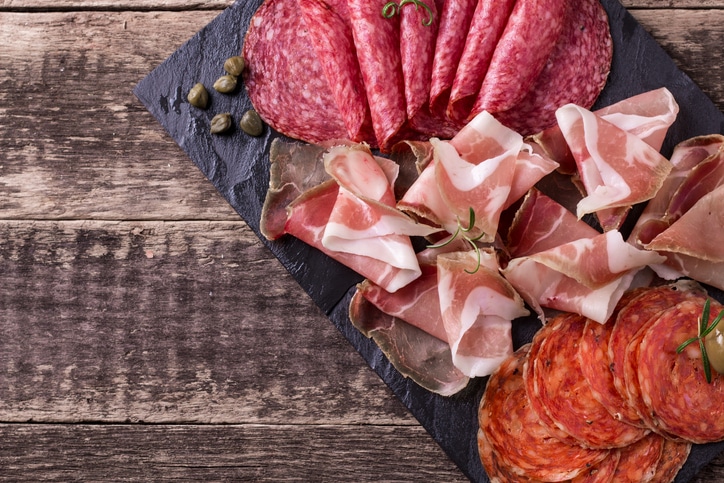
Within the field of food technology, certain workers are dedicated to establishing and maintaining standards for the safety and quality of foods. Food technology professionals help foster compliance with national and international safety and quality standards. A part of this is analyzing the molecular behaviour of food products.
The chemistry component of foods isn’t something common consumers think about a lot, unless they’re visiting an expensive restaurant where chefs use molecular gastronomy. But chemical reactions form the basis of all cooking, like when heat is added to ingredients to change their structure and taste. One type of food where chemical reactions are central is within cured meats.
Why Do We Cure Meats?
There is a lengthy history behind curing meats. Even older civilizations used the practices of salting meats to enable humans to store excesses without the food going bad. These practices were performed because they could help to:
- Improve the colour to nicer shades of pink and red
- Improve the textures of the meats
- Enhance the flavours
- Extend shelf-life
- Halt or delay production of toxins and the growth of microbes

Curing meats has many benefits
The salts that were rubbed on the meats naturally contained nitrates, chemicals that are also present in soil, water, and other parts of the natural world. These nitrates form the foundation of the curing process. Read on for a run-through on how nitrates work, for students interested in food technology courses.
Students in Food Technology Courses Should Know About Nitrites and Nitrates
Nitrates are molecules composed of nitrogen and oxygen. During the curing process, the oxygen molecule is lost, and the nitrates are converted into nitrites. These nitrites act as important antioxidants, preventing the fat from becoming rancid, and binding to water to stop the growth of dangerous and spoiling microbes. The process of chemical transformations during curing happens like this:
- Nitrates are converted into nitrites
- The nitrites interact with bacteria to create nitric oxide
- Myoglobin, a protein present in muscle tissue, binds with nitric oxide to create nitrosylmyoglobin
- Heat turns nitrosylmyoglobin into nitrosohemochrome

The chemical process behind curing involves nitrates
The final chemical compound produces pigment and flavour compounds that grant the cured meats their distinctive taste.
Different Kinds of Curing
Though traditionally curing would mean rubbing the meat with salts, there now exist several different ways to perform the process. To call a meat cured simply means that salt and at least 100 parts per million of a nitrite or nitrate have been added to the meat. These measurements are set out by those working in a food technology career to ensure the safety of cured meats.

Meat can be cured in several different ways
Dry curing is what the technique of salt-rubbing is called. A person can also cure meats through:
- Immersion curing, soaking the meat in nitrate water
- Stitch Pumping, injecting the curing mixture into the meat
- Artery Pumping, injecting the mixture into an artery so it circulates
Using needles to inject the curing mixture into the meat is quicker and results in a more uniform distribution.
Do you want to start your food technology training?
Contact AAPS for more information about our programs.



